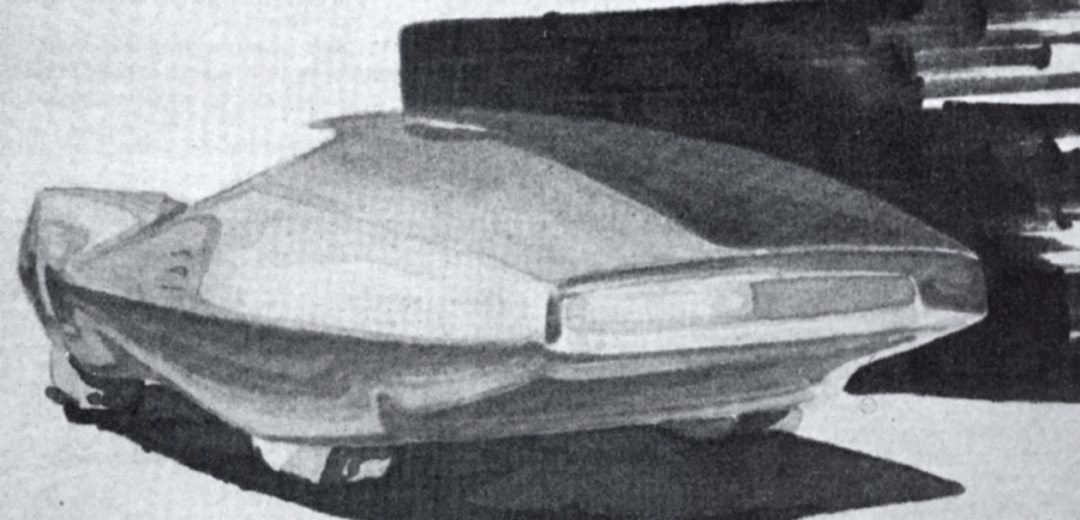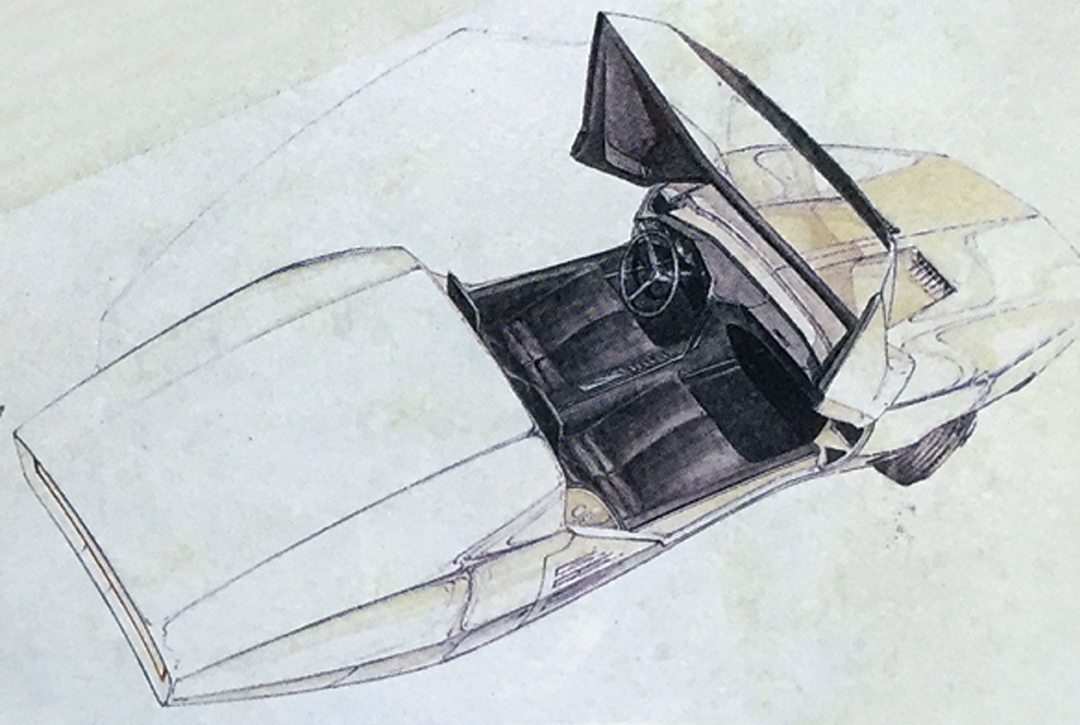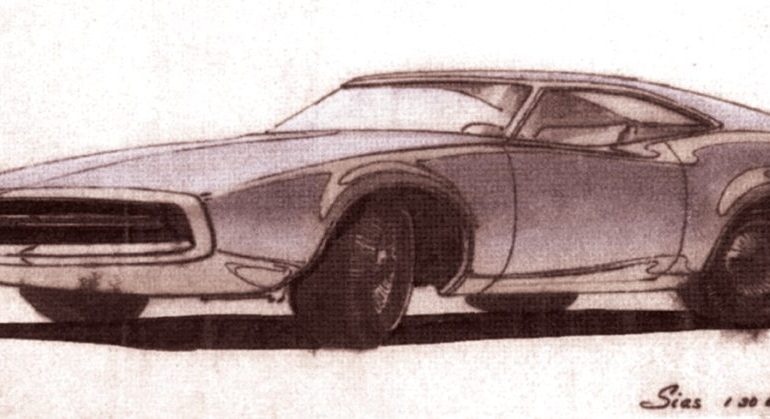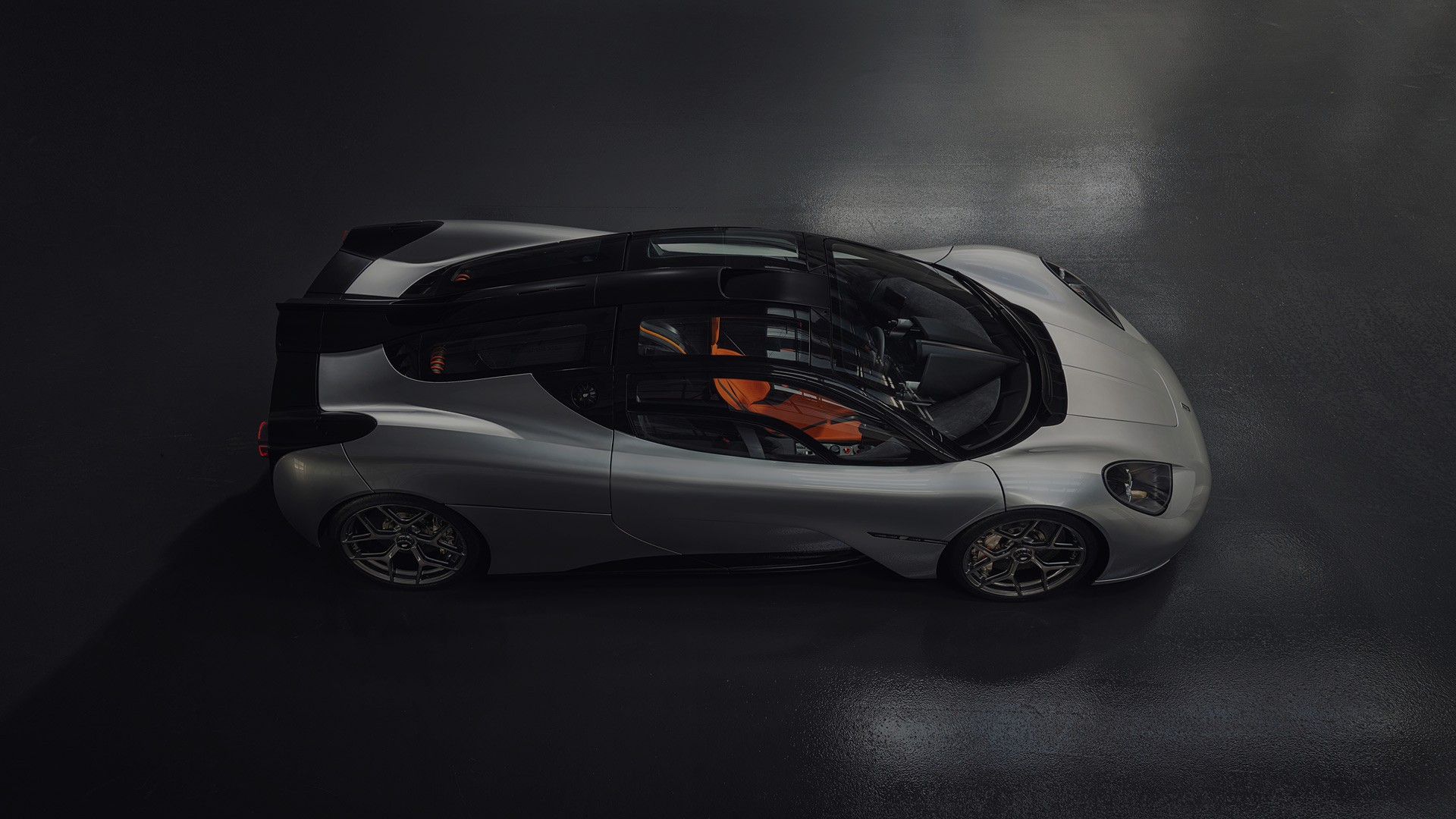t’s hard to believe that the Dodge Charger is going to be 50 years old. Yes, the iconic Bullitt chase car, the Dukes Of Hazzard star, the Hemi-powered father of the Daytona NASCAR winged wonder—FIFTY. This year, Chryslers at Carlisle will host the “Nifty Fifty” celebration gathering designers and Chrysler executives from the era that launched one of the most dramatic cars of the 1960s. First developed as a version of the Coronet, the big change in design came in the 1968 model year. The revolutionary 1968 design owed nothing to the previous generation, partly because the genesis of this totally new model was brought about by accident, through the unsuspecting hands of a recent Art Center College of Design graduate, designer Richard Sias.

In 1964, Sias decided to leave General Motors and interview at Chrysler. Bill Brownlie, looked at Sias’ portfolio and instantly hired him. Sias had already begun experimenting with side profile geometry whereby two diamond shapes intersected just below the A post. No one had done it before and Sias was sure it could work as part of a unique profile signature on a small and low-profile package. With the help of Dodge studio manager Charlie Mitchell, Sias began work on a 1/10th scale model to prove out the idea. Slowly the idea emerged and more and more confidence was built in the studio around this idea. Frank Ruff, B-body supervisor and Mitchell were convinced this design could work on the B-body platform, so a clay model began and quickly evolved. Sias was yet unconvinced, but working with a team of modelers, the vision of the double diamond began to translate to the long and tall platform.

As the studio shaped the full-sized clay, the elongated double-diamond shape laid out even better than Sias had projected. Excitement was high, but there was little enthusiasm on the part of studio boss, Bill Brownlie, who promptly ordered the clay model be destroyed. Fortunately for posterity and Sias, Ruff and Mitchell disobeyed the order, hid the car in a makeshift corner at the back of the studio and continued working on refinements while Brownlie was in Europe. As the production details began to take shape, the side scoops, the distinctive fender topped fuel-cap, the recessed grille, the fastback roofline and recessed rear glass, and the Corvette taillights, the B-body team was more and more convinced that this Charger was going to be a winner.










